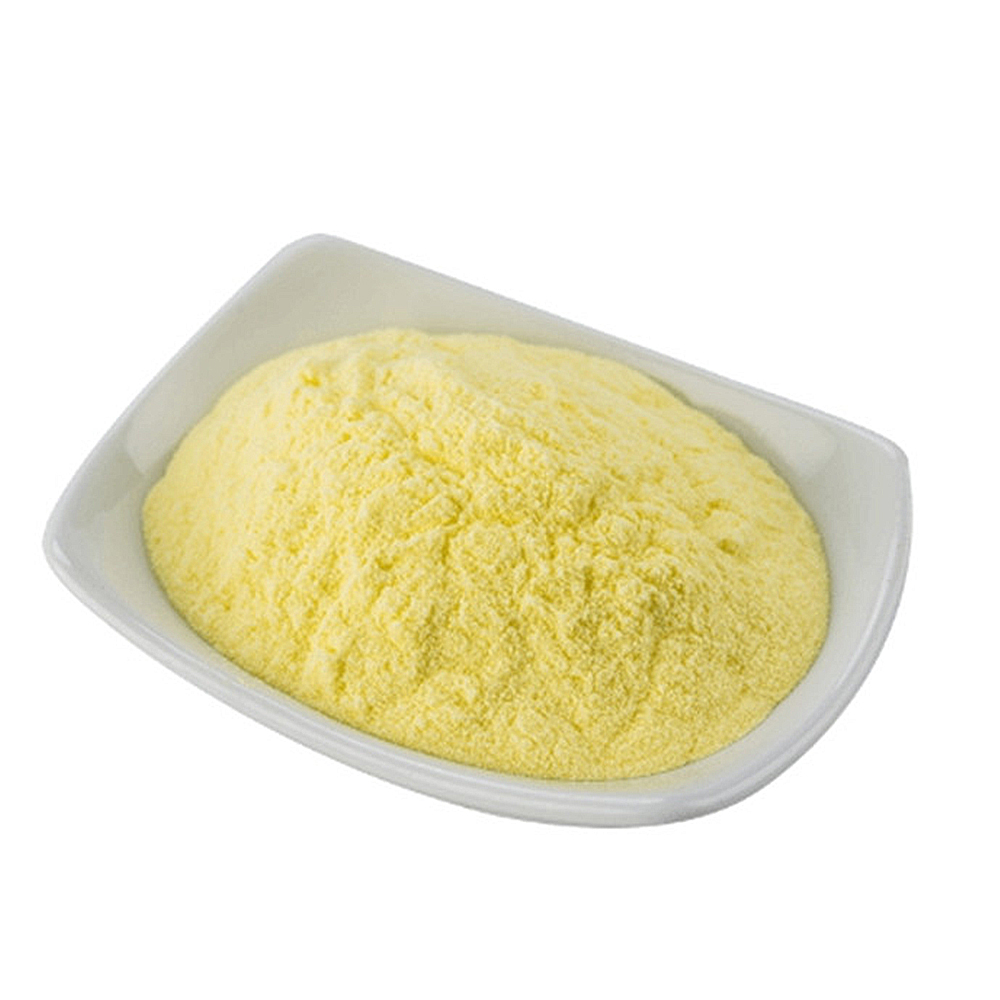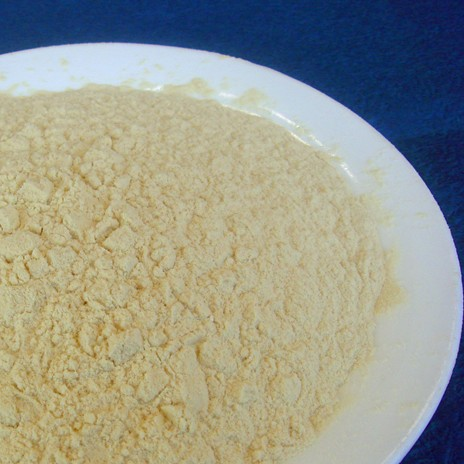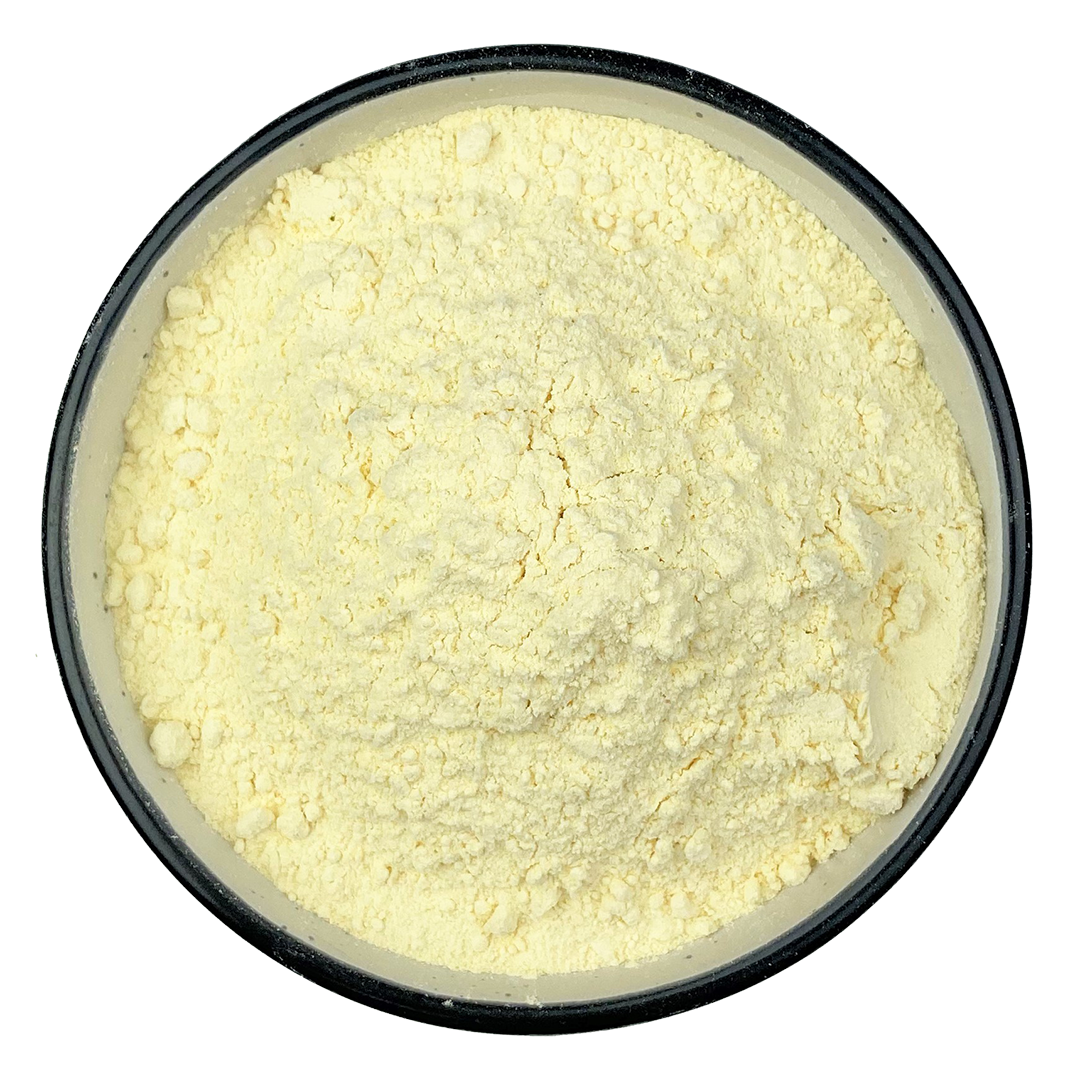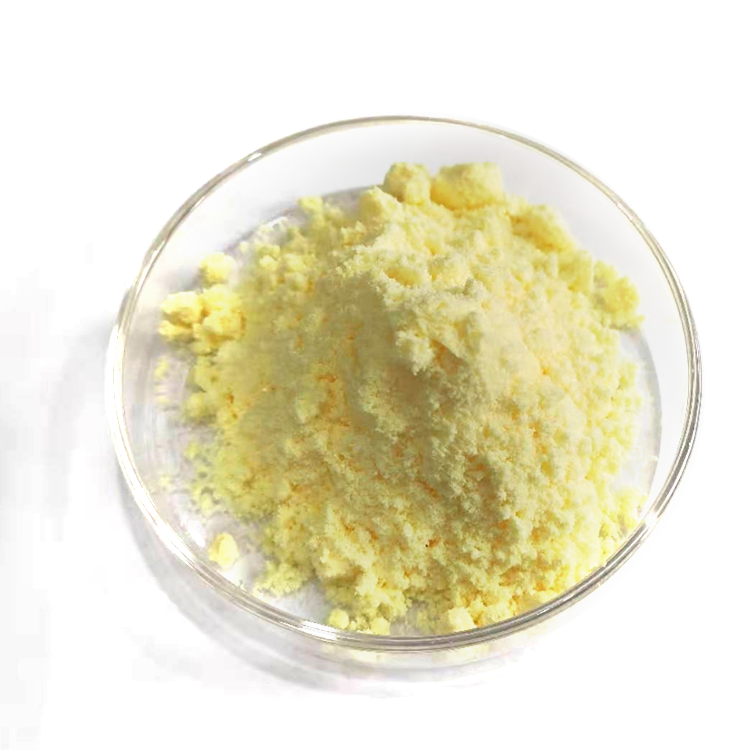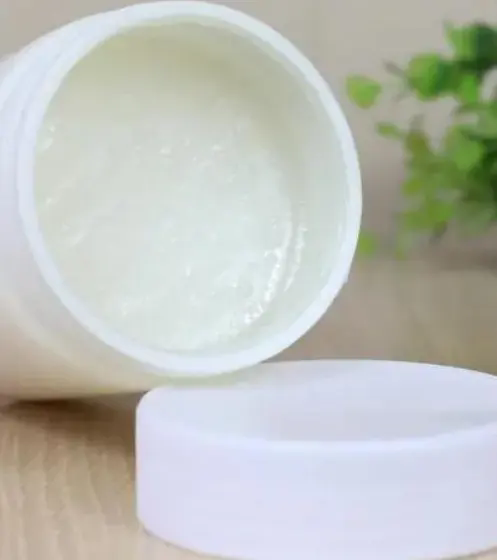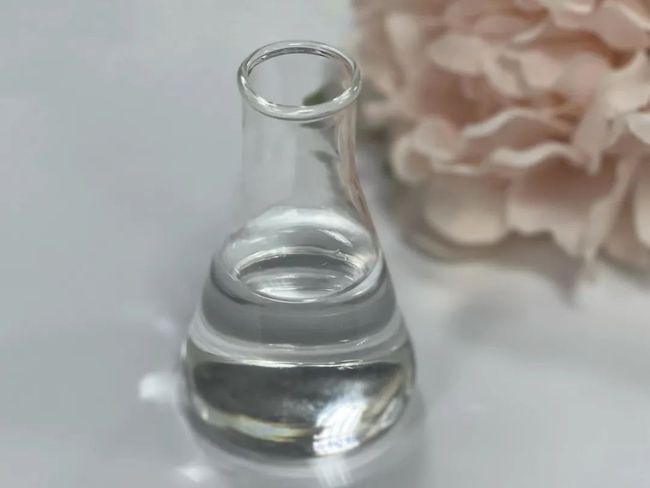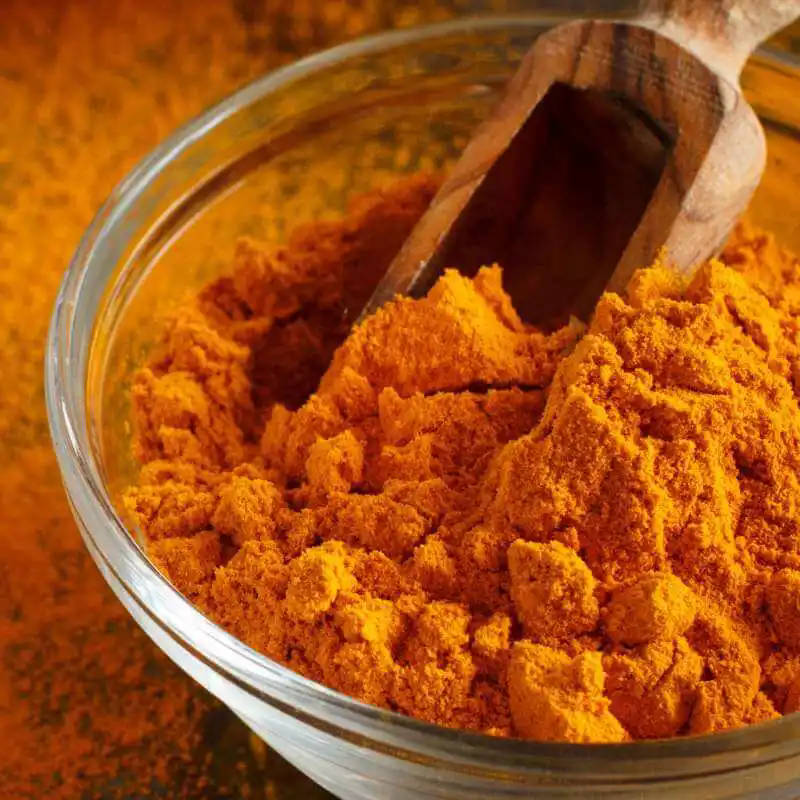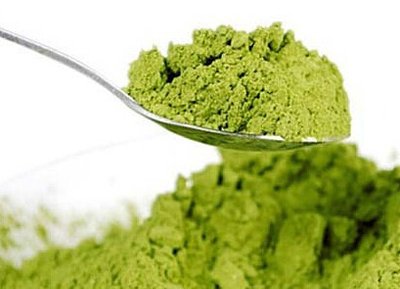Polyglutamic acid
Polyglutamic acid
Cas number:25513-46-6
Appearance:Light yellow powder
Grade:cosmetic grade
Polyglutamic acid (γ-PGA), also known as natto gum and polyglutamic acid, is a water-soluble, biodegradable, non-toxic biopolymer produced by microbial fermentation. γ-PGA polyglutamic acid is a viscous substance that was first discovered in “natto” – fermented beans. γ-PGA polyglutamic acid is a special anionic natural polymer, which is a chemical book homo-polyamide (homo-polyamide) formed by amide linkage between α-amino and γ-carboxyl. The molecular weight of γ-PGA ranges from 50,000 to 2 million Daltons. Its moisturizing and water-locking effect is 500 times that of hyaluronic acid. It is mainly used for moisturizing, whitening, antibacterial, and improving skin health. Polyglutamic acid was first discovered in the highly viscous silk contained in Japanese natto food (fermented soybeans). It is abbreviated as γ-PGA in China. It is a degradable high-molecular amino acid polymer produced by biopolymerization of natural natto bacteria and glutamic acid through liquid fermentation.
The main function of polyglutamic acid in cosmetics and skin care products is a moisturizer and skin conditioner. It has a risk factor of 1, which is relatively safe and can be used with confidence. It generally has no effect on pregnant women, and polyglutamic acid is not acne-causing. Polyglutamic acid has a good promoting effect on the activity of fibroblasts, etc., and has a skin-revitalizing effect. It can be used in anti-aging and anti-wrinkle cosmetics. Polyglutamic acid with a larger molecular weight does not promote the activity of fibroblasts as well as polyglutamic acid with a smaller molecular weight, but its foam stabilization, moisturizing ability, and adsorption on hair are better than those of small molecular weight products. It can be used in hair wash to resist static electricity and make hair smooth. Polyglutamic acid has a skin whitening effect. Uses
Related products
-
Cosmetic Grade
Petrolatum
-
Cosmetic Grade
Pro-xylane
-
Cosmetic Grade
Coenzyme Q10
-
Cosmetic Grade
Tea polyphenol

